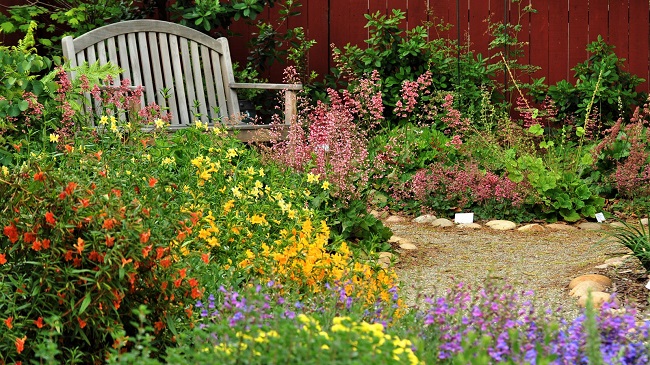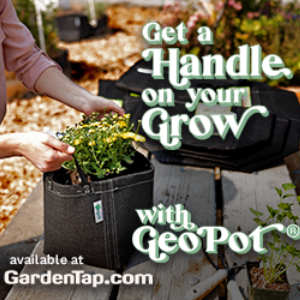
Pollinators, such as bees, butterflies, and birds, play a crucial role in our ecosystem. They help to fertilize plants, which in turn produce fruits and vegetables that we rely on for food. Unfortunately, pollinator populations have declined in recent years due to habitat loss, pesticide use, and other factors. One way to help support pollinators is to create a garden that attracts them.
7 Tips for Attracting Bees, Butterflies, and Birds to Your Garden
Choose the Right Plants
The most important thing you can do to attract pollinators to your garden is to choose plant species that provide pollen and nectar. A variety of native plants provides ideal food sources and habitats for bees, butterflies, hummingbirds, and other beneficial insects. Popular plants include Lavender, Sunflowers, Marigolds, Honeysuckle, Thyme, Rosemary, and Coneflowers. Choose plants that bloom at different times throughout the growing season to provide a consistent food source. If all your plants bloom in one season, your pollinators have no reason to return during the other seasons. Native plants are often the best choice because they are adapted to the local climate and soil conditions. Plants native to your area require the least amount of effort in every possible way.
Provide Water
Pollinators need water to survive, so provide a shallow water source such as a birdbath or small pond. Make sure to change the water frequently to prevent mosquitoes from breeding.
Avoid Pesticides
Although many gardeners use pesticides and chemicals to ward off pests, these solutions can damage pollinators and the environment. Instead, try natural pest control methods such as companion planting, beneficial insects, and traps. This article explains how to use beneficial predatory insects for pest control.
Provide Shelter and Nesting Sites
Many pollinators, such as bees and butterflies, need a place to nest and take refuge from harsh weather and predators. Providing shelter is just as important as providing food sources. Provide nesting sites such as bee boxes, butterfly houses, or piles of sticks and leaves. Read this article and learn how to create a bee friendly garden.
Plant Shrubs and Trees to Provide Shelter
Plant large patches of low-lying herbs, like lavender or thyme, where pollinators can hide away from the wind and elements and build nesting sites.
Use Color
Pollinators are attracted to bright colors, especially blue, purple, and yellow. Plant flowers in these colors to attract bees, butterflies, and birds.
Keep it Neat and Clean
A well-maintained garden will help to prevent pests and diseases and provide a healthy environment for pollinators. Keep your garden tidy and uncluttered by removing weeds and dead plants, and pruning shrubs and trees as needed.
Following these tips, you can create a garden that attracts and supports pollinators. Not only will you be helping to preserve these important species, but you’ll also be able to enjoy the beauty of a thriving garden.
Rene’ Lategan is a part-time blogger that enjoys being outdoors. She spends her free time finding ways to make my life easier and more enjoyable and enjoys sharing the knowledge. You can visit his website at LiveByLists.com.
Related Articles & Free Email Newsletter Sign Up
How Organic Pesticides and Beneficial Insects Can Combine to Eliminate Pests
How to Unleash the Power of Organic Pesticides
Preventing, Identifying and Treating Common Greenhouse Pest Insects




Comment here